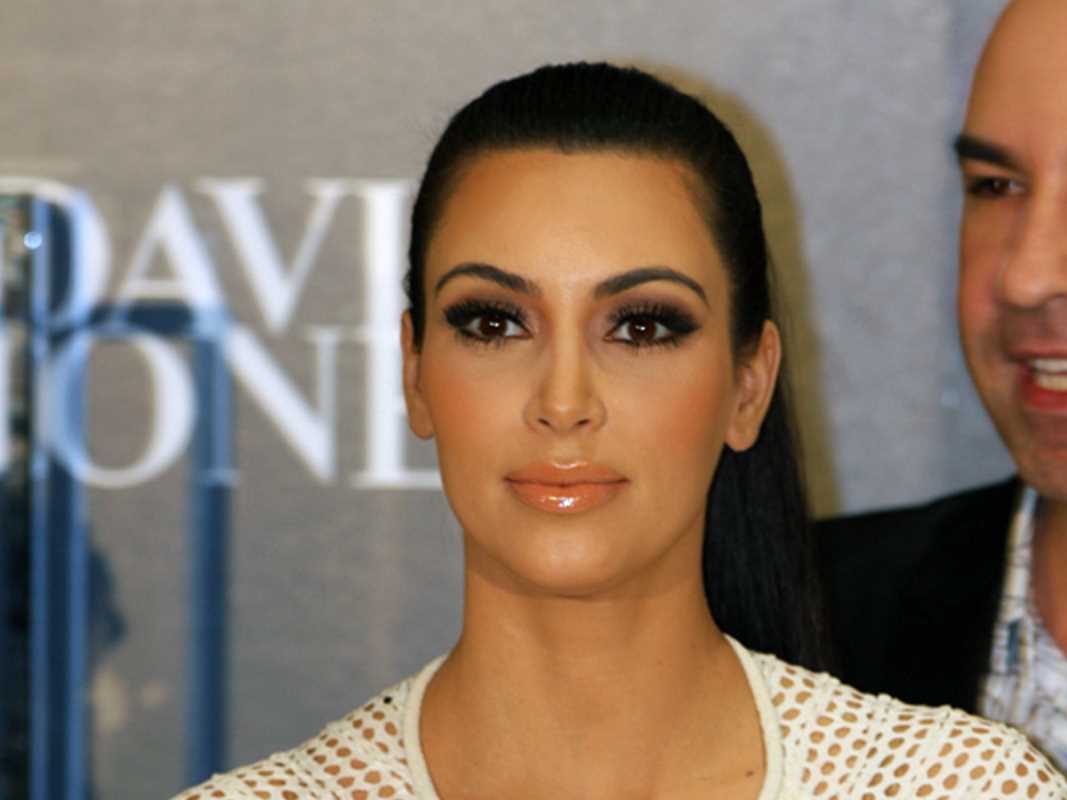Fame is a powerful force that can catapult careers into the stratosphere. Staying relevant, however, is a different challenge altogether. The public's attention can be fleeting, and what works one day might feel dated the next. This reality forces many public figures to make a choice: fade away or evolve. A select few have mastered the art of reinvention, completely changing their public image, career path, or personal brand right before our eyes. They adapt to changing times, explore new talents, and shed old personas to emerge as something entirely new. This process is a masterclass in branding, strategy, and understanding what the public wants. These are the celebrities who successfully navigated these tricky waters and reinvented themselves in the spotlight.
Dwayne "The Rock" Johnson: From the Ring to the Big Screen
Dwayne Johnson's journey is one of the most successful reinvention stories in modern history. He started his career in the world of professional wrestling, becoming "The Rock," a charismatic and electrifying WWE superstar. His famous catchphrases and signature "People's Eyebrow" made him a household name in the late 1990s and early 2000s. He was at the top of his game in wrestling, but he had bigger ambitions.
The Leap to Hollywood
Johnson made his acting debut in The Mummy Returns (2001) as the Scorpion King. The role was small but led to a spin-off, The Scorpion King (2002), which was his first leading part. His early film career had its ups and downs. He starred in action movies like Walking Tall and family-friendly comedies like The Game Plan and Tooth Fairy. While these films were moderately successful, they didn't quite establish him as a top-tier movie star. He was still largely seen as "The Rock," the wrestler who acted.
The turning point came when he joined the Fast & Furious franchise in 2011 with Fast Five. His role as Agent Luke Hobbs injected new life into the series and showcased his incredible screen presence. He was a legitimate action star. From there, his career exploded. He leveraged his charisma, work ethic, and business sense to become one of the highest-paid actors in the world. He now leads major blockbuster franchises like Jumanji and has his own successful production company.
Miley Cyrus: Shedding the Disney Persona
Few stars have undergone as many public transformations as Miley Cyrus. The world first met her as Miley Stewart, the girl living a double life as pop superstar Hannah Montana on the Disney Channel. The show was a global phenomenon, and Cyrus became a teen idol. She released music as both Hannah Montana and herself, dominating the charts with wholesome pop songs.
Breaking Free
As the show ended, Cyrus faced a common challenge for child stars: escaping the character that made her famous. Her first major step was the 2010 album Can't Be Tamed. The title track's music video featured her in a giant birdcage, a clear metaphor for her desire to break free from her Disney image. The public's reaction was mixed, with many still seeing her as the innocent Hannah Montana.
Her true reinvention came with the 2013 album Bangerz. This era was defined by a radical new look—a short, platinum blonde haircut—and a provocative new sound. Her performance at the 2013 MTV Video Music Awards with Robin Thicke became a cultural flashpoint, cementing her departure from her Disney past. She was no longer a child star. She was a controversial, unapologetic adult artist. While polarizing, the move was successful. It forced the world to stop talking about Hannah Montana and start talking about Miley Cyrus. Since then, she has continued to evolve, exploring rock music with her album Plastic Hearts and embracing a more mature, reflective sound with Endless Summer Vacation.
Robert Downey Jr.: The Ultimate Redemption Story
Robert Downey Jr.'s story is one of incredible talent, a dramatic fall from grace, and one of the most remarkable comebacks in Hollywood history. He was a critically acclaimed actor in the late 1980s and early 1990s, even earning an Oscar nomination for his role in Chaplin. However, his career was derailed by years of substance abuse and legal troubles. By the late 90s, he was considered a major risk, and his once-bright career seemed to be over.
Becoming Iron Man
After getting sober, Downey Jr. slowly began to rebuild his career with roles in smaller, independent films. He received praise for his work in movies like Kiss Kiss Bang Bang and Zodiac. These roles reminded people of his immense talent, but he was far from the A-list star he once was.
Everything changed in 2008 when he was cast as Tony Stark in Iron Man. The decision was seen as a huge gamble by Marvel Studios. Director Jon Favreau fought hard for him, believing his personal struggles mirrored the character's own journey of redemption. The gamble paid off spectacularly. His performance was witty, charismatic, and deeply human. The film was a massive hit and launched the Marvel Cinematic Universe (MCU), one of the most successful film franchises of all time. Robert Downey Jr. became the face of the MCU and, once again, one of the biggest movie stars on the planet.
Taylor Swift: Changing the Game in Music and Image
Taylor Swift has become an icon of reinvention in the music world. Her career began in the country music scene as a teenage singer-songwriter, quickly gaining a loyal following with heartfelt lyrics and acoustic guitar-driven tracks. Albums like Taylor Swift and Fearless earned her country music awards and established her as a leading voice for a younger generation craving authenticity.
Crossing Over Into Pop Stardom
Instead of settling into her country roots, Swift made the bold decision to switch genres with her 2014 album 1989. Trading twangy guitars for synth-pop beats, she reintroduced herself as a pop superstar. Hits like “Shake It Off” and “Blank Space” ruled the charts and brought her new fans worldwide. Her style, branding, and even public persona evolved with each album release. Reputation showcased a darker, edgier side fueled by high-profile feuds, yet Swift later flipped the script again with the pastel-hued optimism of Lover and the indie-folk introspection of folklore and evermore.
Beyond music, Swift embraced her role as a businesswoman and cultural influencer. She fought for artists’ rights to own their masters, re-recorded her earlier albums to regain creative control, and became a vocal advocate on social and political issues.







